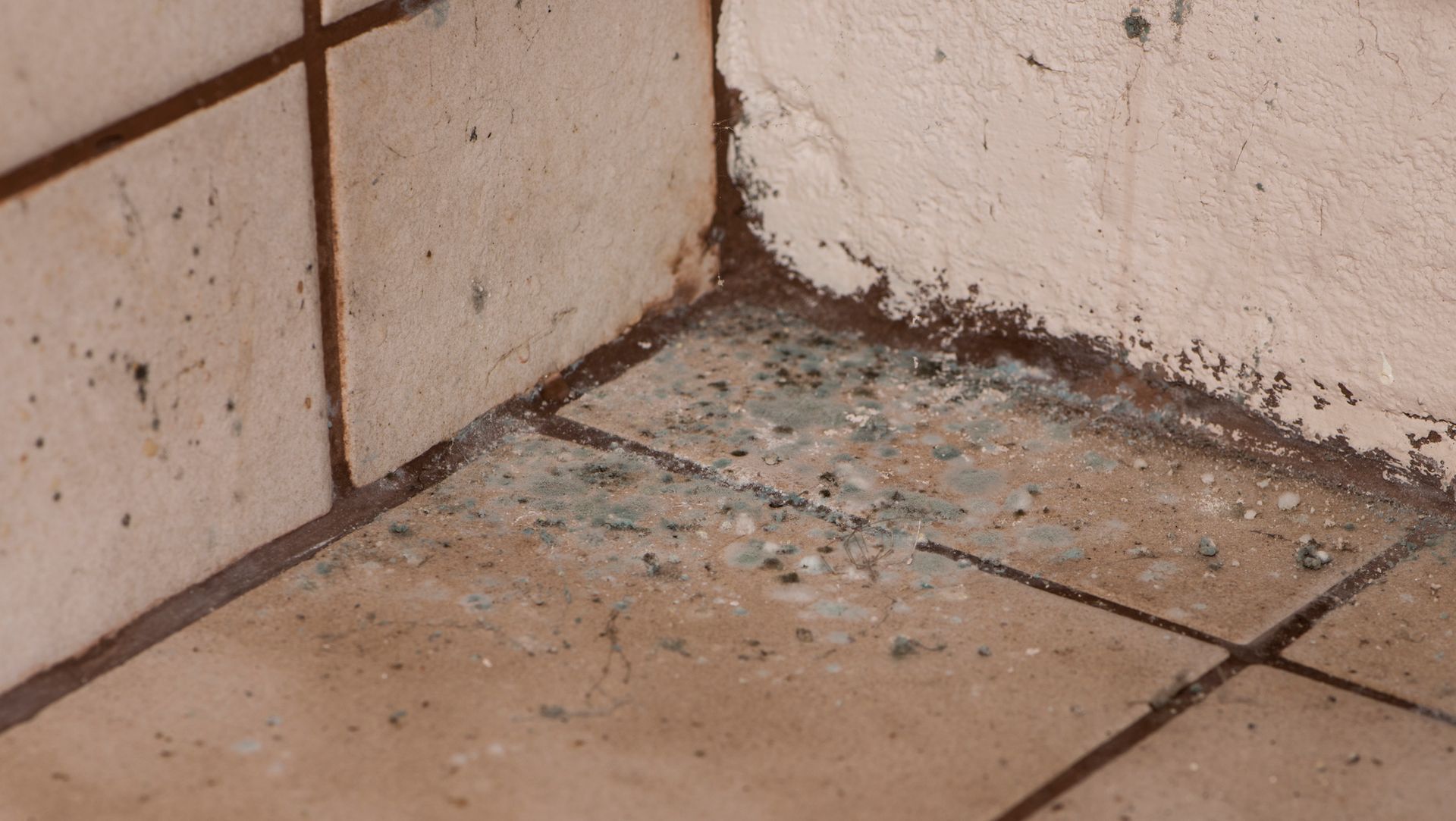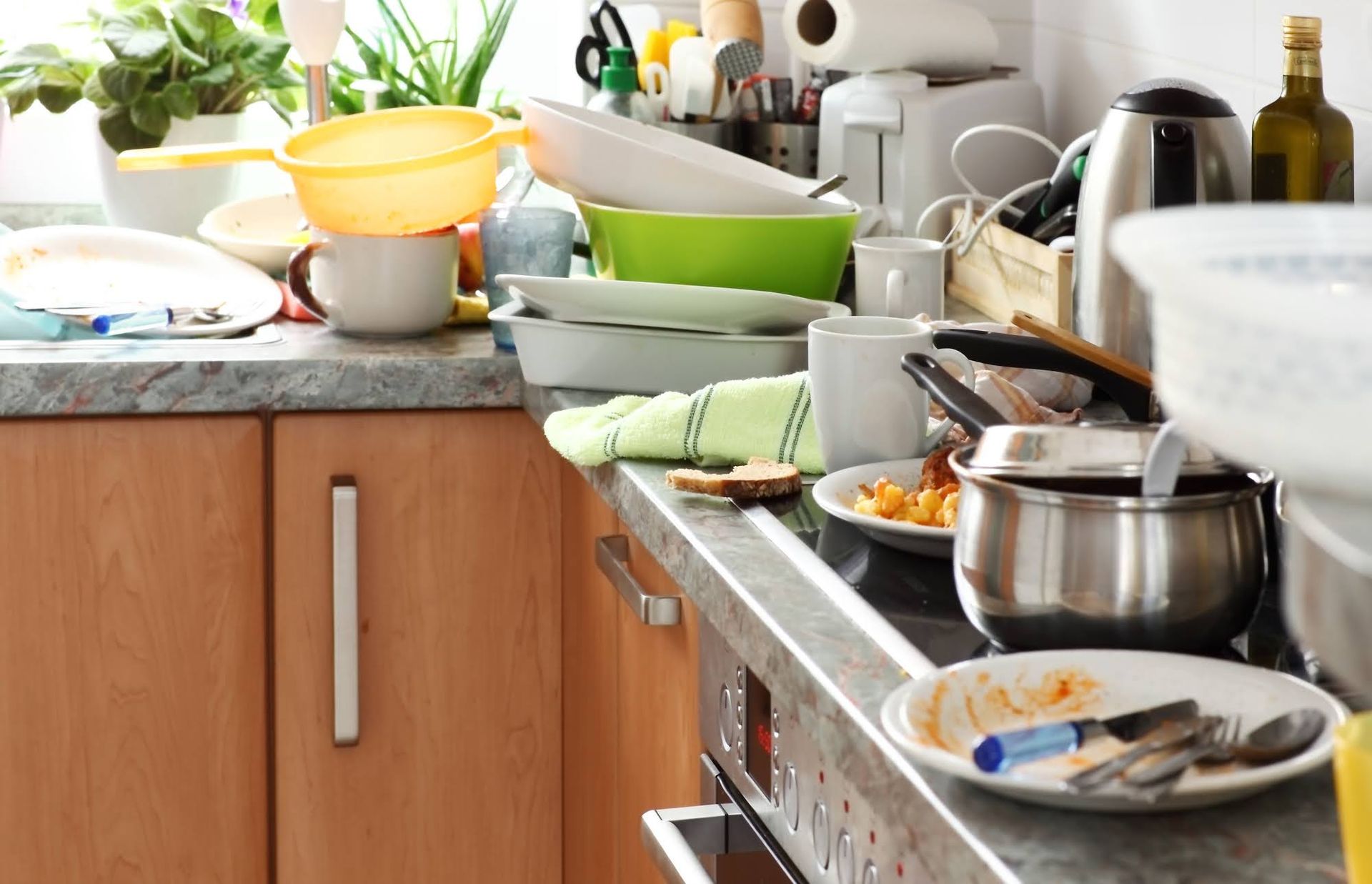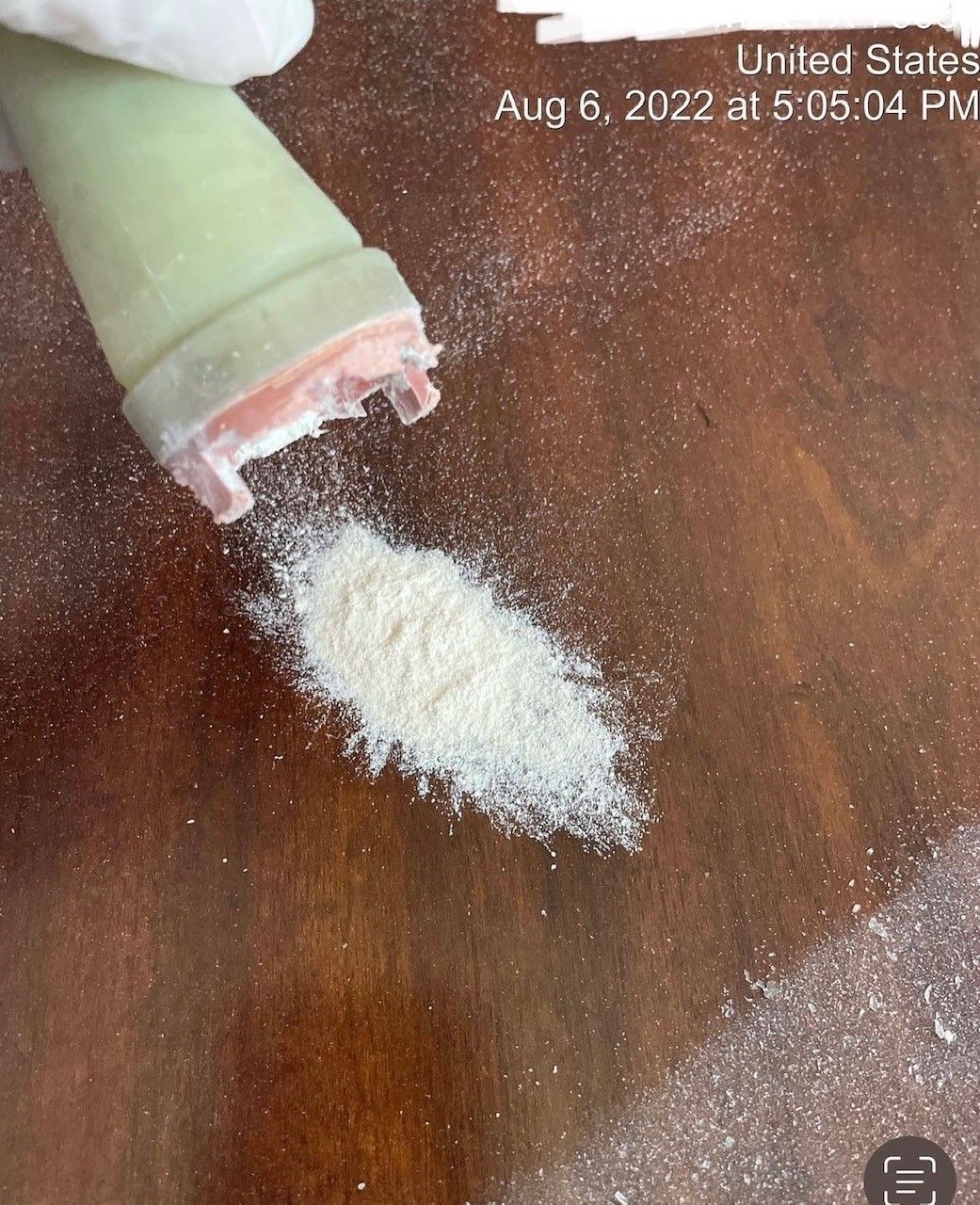Crime Scene Clean-Up 101: Essentials and Best Practices
Crime scenes, beyond their immediate aftermath, conceal invisible threats that can pose significant health hazards. These hazards, predominantly in the form of pathogens, demand thorough disinfection to ensure public and professional safety.
Recognizing these dangers and knowing how to properly address them is incredibly important. It's more than just cleanup; it's a meticulous process that ensures a space is truly safe once more.
Understanding Pathogens: Grasping Their Nature
Before diving into specifics, it's essential to know what pathogens are and why they are a concern. Classified primarily as bacteria, viruses, and fungi, pathogens are microscopic entities capable of causing diseases. Their invisibility amplifies their threat, silently menacing anyone present at crime scenes.
- Bacteria: Tiny organisms like MRSA, E. coli, and Streptococcus have the potential to cause severe infections in humans. Their resilient nature means they can survive in various conditions, making them a latent threat in crime scenes.
- Viruses: These infectious agents, found in blood and bodily fluids, can house threats like HIV, hepatitis B, and C. Their minuscule size and rapid reproduction rate make them particularly challenging to eradicate without thorough disinfection.
- Fungi: Molds or yeasts can grow in crime scenes, especially those undisturbed for extended periods. Besides causing structural damage, they can lead to health issues when inhaled or ingested.
A crime scene's complexity often hides these entities, making professional intervention crucial.
Recognizing the Dangers of Crime Scene Pathogens
Awareness of the potential repercussions of pathogenic exposure is crucial for two key reasons:
- Health Risks: Unchecked pathogens can cause everything from minor infections to chronic conditions and life-threatening diseases. Their potential impact on health varies, but the risks they pose are universally significant.
- Contamination Spread: These pathogens, if not thoroughly cleaned, can easily transfer, endangering future occupants or visitors. The ripple effects of an improperly sanitized crime scene can stretch far beyond the immediate location.
Such potential for harm necessitates rigorous cleaning and disinfection protocols.
Implementing Crime Scene Disinfection Techniques
The task of disinfecting a crime scene is systematic, ensuring every possible contamination source is addressed:
- Assessment: The first action is understanding contamination, and guiding subsequent cleanup efforts. A thorough evaluation helps in drafting a precise, targeted cleanup strategy.
- Physical Cleaning: Visible contaminants, such as blood and fluids, must be systematically removed before advanced techniques are applied. This primary cleanup not only clears the evident mess but also paves the way for deeper disinfection.
- Chemical Disinfectants: Agents like bleach and hydrogen peroxide are tailored to combat specific pathogens. Their application requires expertise to ensure maximum efficacy without causing harm to surfaces or the environment.
- Advanced Disinfection Methods: Techniques like UV light, ozone treatments, or fogging offer an added layer of security. These methods, when appropriately applied, ensure every nook and cranny is pathogen-free.
Every stage is crucial to ensure a crime scene transitions back to a safe space.
Valuing Professional Crime Scene Clean-Up
Relying on professionals for crime scene cleanup is not just about convenience but about efficacy and safety:
- Specialized Training: Experts undergo rigorous training to identify a broad spectrum of pathogens. This expertise ensures a thorough cleanup, leaving no stone unturned.
- Tools and Equipment: Professionals employ advanced tools, ensuring their safety and the effectiveness of the cleanup. Specialized gear, from protective suits to high-end disinfectants, is crucial for optimum results.
- Safety Protocols: Adherence to established protocols ensures no cross-contamination occurs. It's not just about cleaning the scene, but also about ensuring the safety of everyone involved.
Recognizing and understanding the lurking dangers of pathogens at crime scenes is paramount in today's world. Their invisibility, combined with their potential to cause severe harm, amplifies the need for professional intervention. By valuing and employing the expertise of crime scene cleanup professionals, we ensure the safety and well-being of everyone involved. For unparalleled service and guaranteed safety, reach out to Reset Decon.











